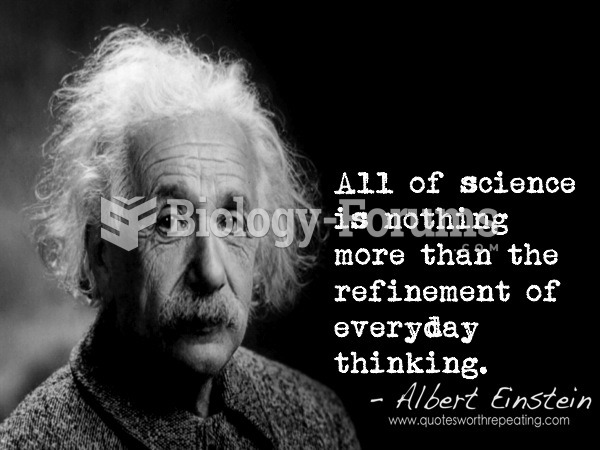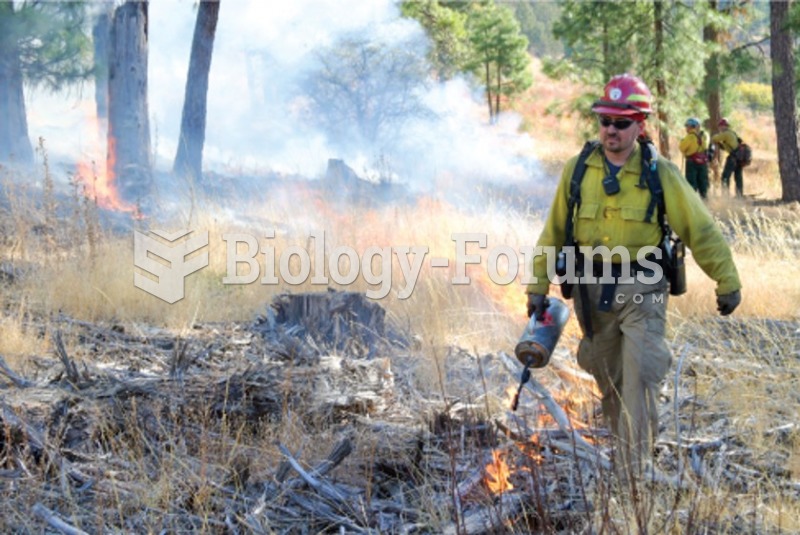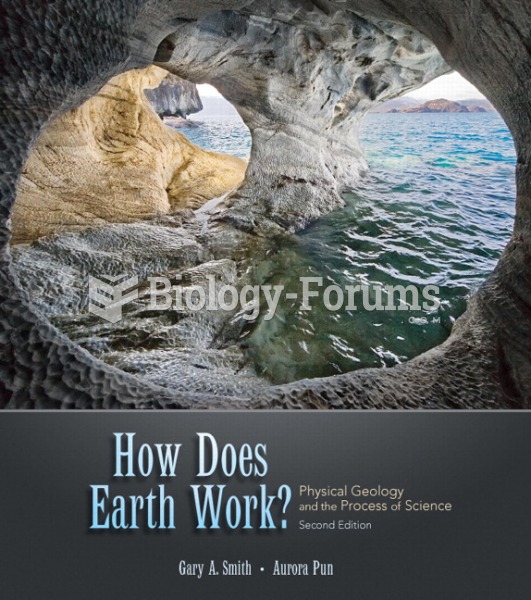Answer to Question 1
Sound science is based on the rigors of the methods and practice of legitimate science. This means years of observation, experimentation, and peer review are behind it. Sound science involves an approach to understanding how the natural world works, an approach that has become known as the scientific method. Careful observation is of utmost importance. Solutions to environmental problems should not be implemented without sound science behind them.
Sustainability is a system or process that can be continued indefinitely, without depleting any of the material or energy resources required to keep it running. A solution to any problem isn't useful if it costs too much money to keep doing, uses too many resources, impairs people's ability to work well and live decently, or puts many companies out of business and people out of work. For example, a decree that no more rain forests can be cut is not sustainable unless a way for the indigenous people to survive and live a decent lifestyle can be found to replace their previous livelihood of slash-and-burn agriculture. Mandating that all farms are organic and pesticide free is unsustainable if the crop is lost to locusts or other pests year after year. If a system is to be sustainable, it also has to be well thought out and in balance. Like sound science, solutions to environmental problems should not be implemented unless they are sustainable.
Stewardship ties these together. It is the actions and programs that manage natural resources and human well-being for the common good. Stewards are those who care for somethingfrom the natural world or from human culturethat they do not own and that they will pass on to the next generation. Modern-day environmental stewardship, therefore, incorporates an ethic that guides actions taken to benefit the natural world as well as people. Like the other two concepts, environmental solutions should include stewardship as an impetus. We only have one planet, and we have to share it with the present population and future populations as well.
Answer to Question 2
The word environment is a broad term and it describes the natural world, human societies, and the human-built world. When the frontier closed in the late 19th century, people realized that unique wild areas were disappearing. Different groups formed to help popularize the idea of wilderness and preservation of lands. A second wave came after the Dust Bowl and during the Great Depression with the CCC and others. After WWII a technology explosion caused economic (and population) expansion, which led to many environmental problems. New chemicals led to the decline of bird populations. Rachel Carson's book and others led to the modern environmental movement. A more militant population demanded decreased pollution and increased cleanup. It was a grassroots movement as opposed to a governmental or official one. New groups formed and old ones found new members and new help. Many laws were passed in the late 1960s and the 1970s, such as the Clean Air and Clear Water Acts. The EPA was also founded. From there all kinds of things happened, depending on the issues, the government, and the people.







